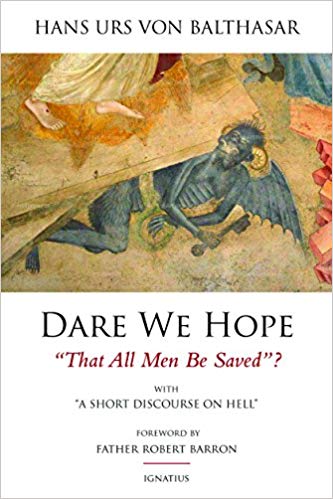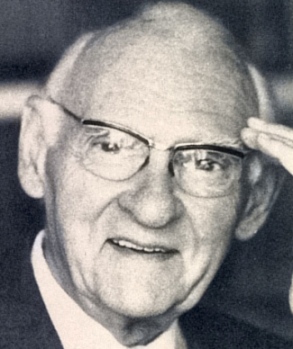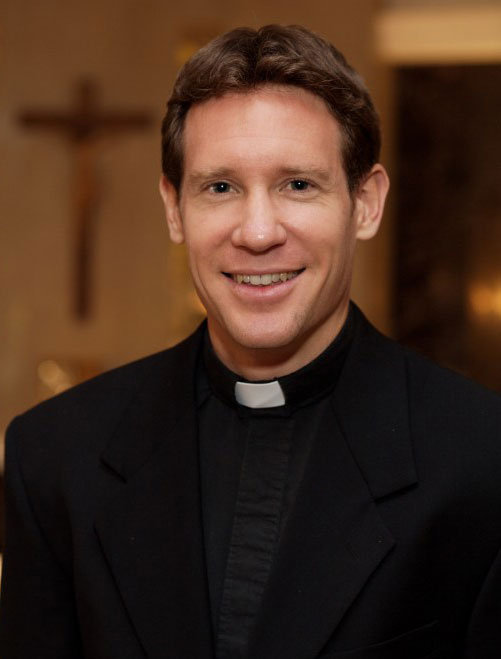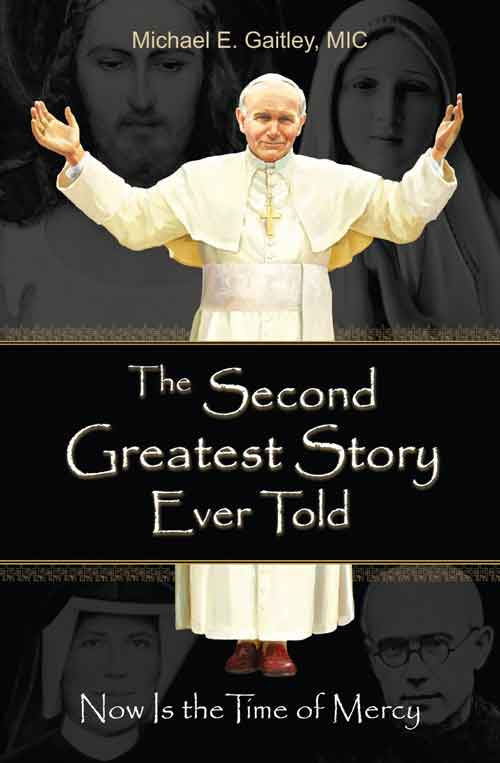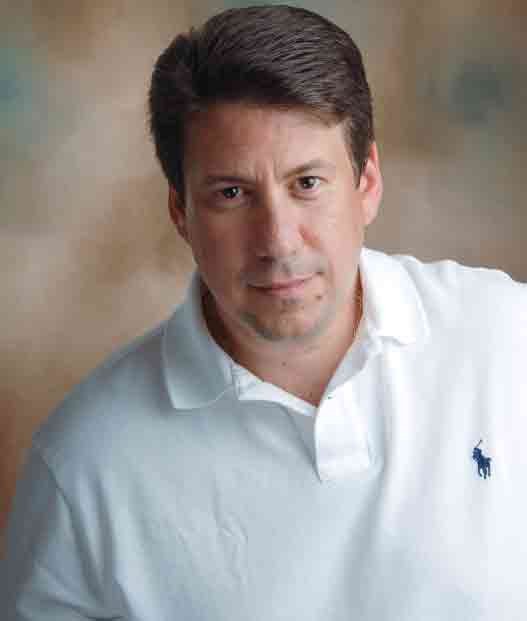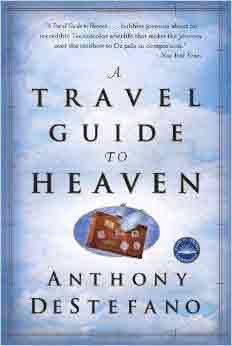Podcast: Play in new window | Download (Duration: 30:58 — 21.3MB) | Embed
Subscribe: Apple Podcasts | Spotify | Amazon Music | Android | Pandora | iHeartRadio | JioSaavn | Podchaser | Gaana | Podcast Index | Email | TuneIn | Deezer | Anghami | RSS | More
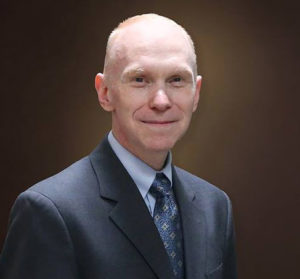
Dr. Matthew Bunson discusses the life, times and teachings of St. Gregory of Narek
Born: 951 Rshtunik, Vaspurakan, Bagratid Armenia
Died 1003 Narekavank, Vaspurakan, Armenia
Feast 13 October (Holy Translators day); 27 February (Roman Catholic Church)
For more on St. Gregory of Narek and his teachings visit this excellent website:
“Speaking with God from the Depths of the Heart”
From the Vatican Insider:
Pope Francis has approved the decision of the Congregation for Saints. The Armenian saint was born in 950 AD in present-day Turkey
An Armenian saint has been declared a Doctor of the Church. In last Saturday’s audience with the cardinal Prefect of the Congregation for the Causes of Saints, Pope Francis approved the proposal put forward by the Plenary Session of the Congregation, agreeing for the title of Doctor of the Universal Church to be conferred upon Gregory of Narek.
St. Gregory, a priest and monk, was born circa 950 AD in Andzevatsik (formerly Armenia, present-day Turkey) to a family of writers. He died circa 1005 in Narek (formerly Armenia, present-day Turkey). His father, Khosrov, was an archbishop. Having lost his mother at a young age, Gregory was brought up by his cousin, Anania of Narek, founder of the local school and village. The saint lived most of his life in the monasteries of Narek (in what was once called Great Armenia), where he taught at the monastic school. He is considered one of Armenian literature’s greatest poets.
The cult of St. Gregory of Narek will be marked on 27 February in the Roman Martyrology. He will be defined as “monk, doctor of the Armenians, distinguished for his writings and mystic science”.
The papal decision comes just weeks before Francis is due to commemorate the centenary of the Armenian massacre on 12 April in St. Peter’s Basilica. The Medz Yeghern as the Armenian massacre is called, took place in 1915.
For more from Dr. Matthew Bunson check out his Discerning Hearts page
Dr. Matthew E. Bunson is a Register senior editor and a senior contributor to EWTN News. For the past 20 years, he has been active in the area of Catholic social communications and education, including writing, editing, and teaching on a variety of topics related to Church history, the papacy, the saints, and Catholic culture. He is faculty chair at Catholic Distance University, a senior fellow of the St. Paul Center for Biblical Theology, and the author or co-author of over 50 books including The Encyclopedia of Catholic History, The Pope Encyclopedia, We Have a Pope! Benedict XVI, The Saints Encyclopedia and best-selling biographies of St. Damien of Molokai and St. Kateri Tekakwitha.

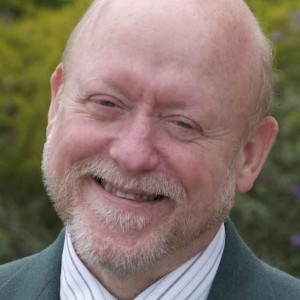
 The
The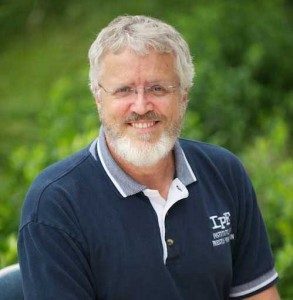
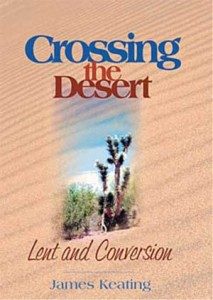
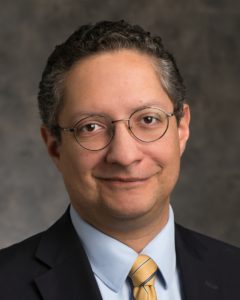
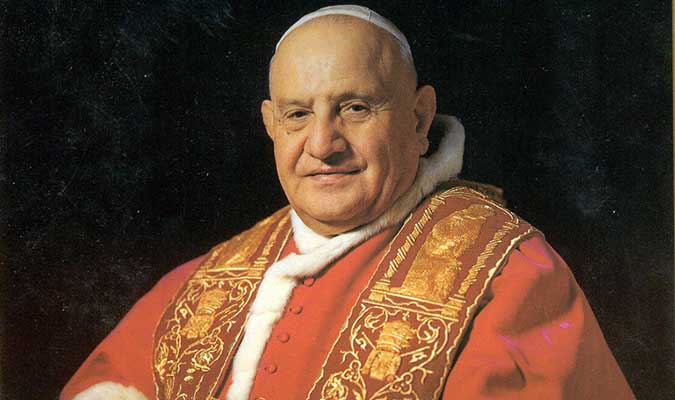
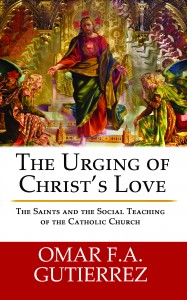
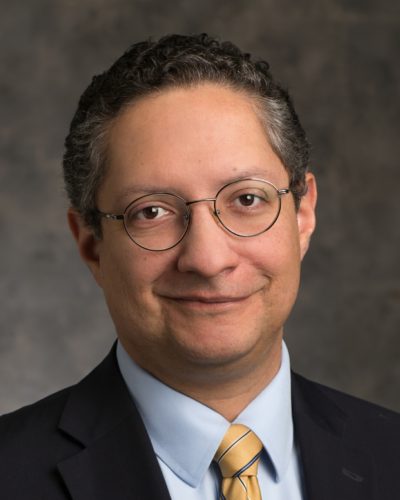
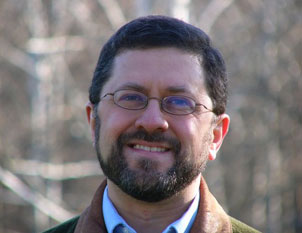
 Pick up a copy of Mke’s book. You’ll find so much more and invaluable references and resources, as well
Pick up a copy of Mke’s book. You’ll find so much more and invaluable references and resources, as well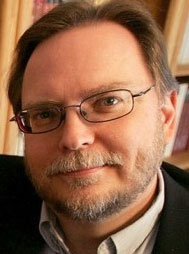 Saved?: With a Short Discourse on Hell” by Catholic theologian Fr. Hans Urs von Balthasar. The newer edition contains an outstanding forward by Fr. Robert Barron. The conversation with Mark Brumley sheds even greater light on why this is such an important work. Mark also corrects the misrepresentations that have been put forward about it’s contents in recent years, including the false characterization of von Balthasar as an advocate of “universalism”. An exceptional work! Once again, a great discussion with Mark Brumley.
Saved?: With a Short Discourse on Hell” by Catholic theologian Fr. Hans Urs von Balthasar. The newer edition contains an outstanding forward by Fr. Robert Barron. The conversation with Mark Brumley sheds even greater light on why this is such an important work. Mark also corrects the misrepresentations that have been put forward about it’s contents in recent years, including the false characterization of von Balthasar as an advocate of “universalism”. An exceptional work! Once again, a great discussion with Mark Brumley.
